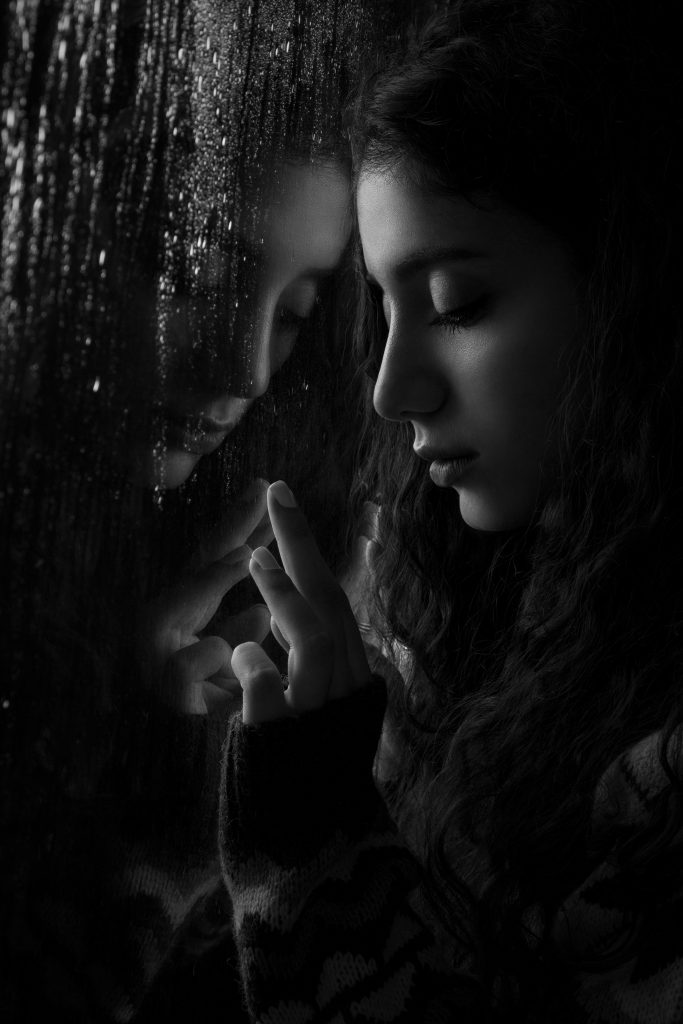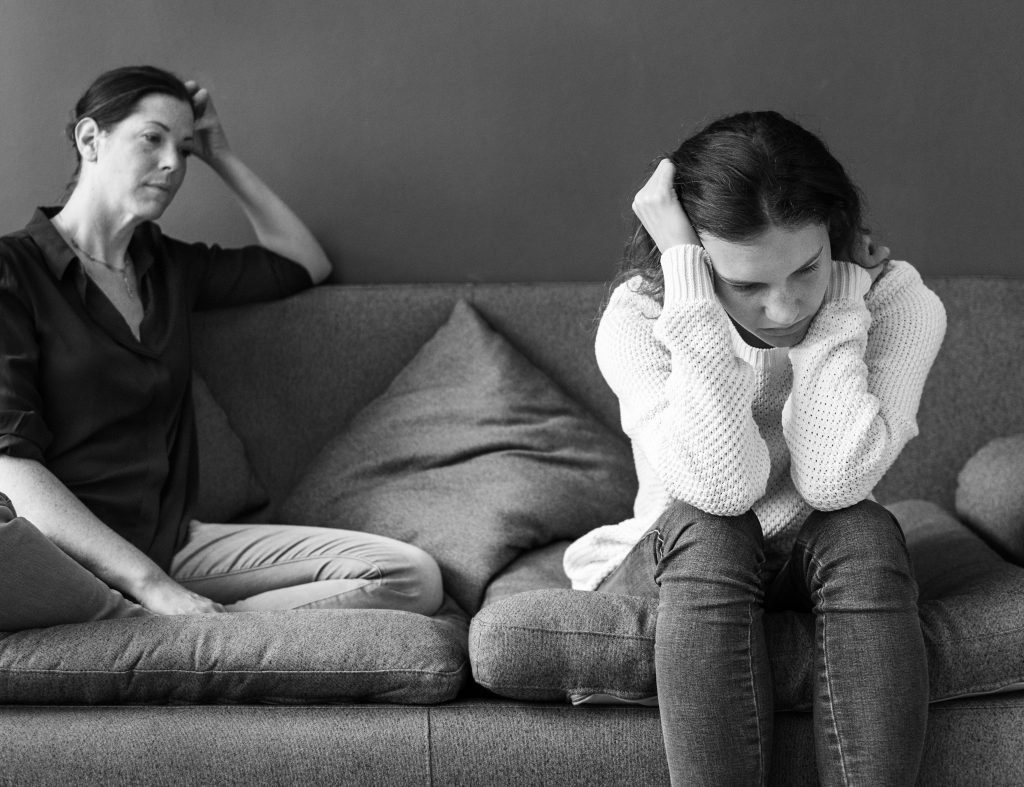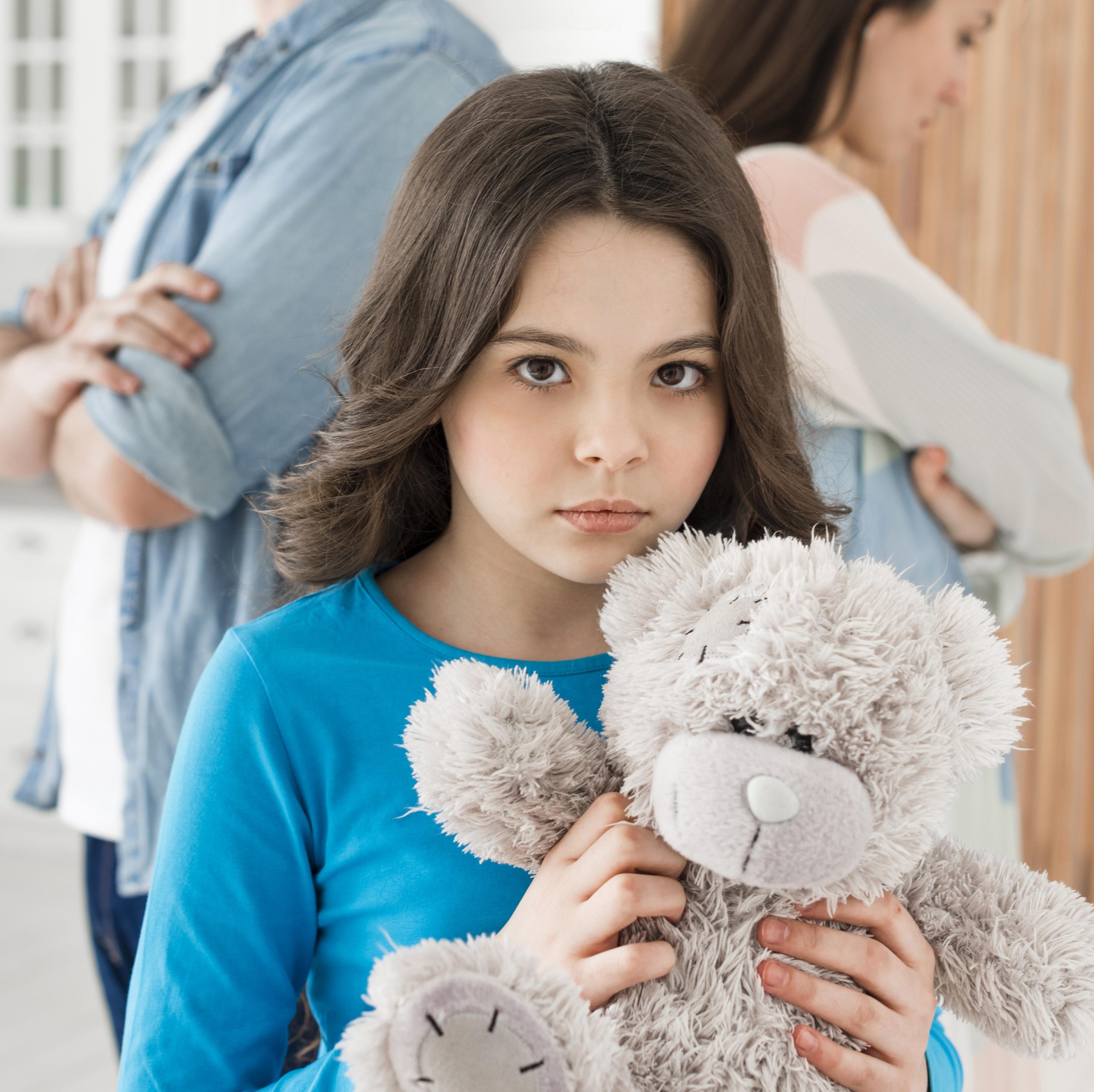Discover the lasting effects of childhood trauma, the signs you might still be carrying the pain, and actionable steps to begin your healing journey.
- Childhood trauma often leaves a lasting impact that follows individuals into adulthood, shaping behaviors, relationships, and self-perception.
- While some effects are visible, others lie beneath the surface, manifesting in subtle ways that can influence daily life.
- Recognizing the signs that you’re still carrying childhood trauma is the first step toward healing.
- This article delves into the seven key signs of unresolved childhood trauma, discusses the long-term effects, and offers guidance on how to find hope and move forward.
What is Considered Childhood Trauma?
Childhood trauma refers to distressing events experienced during childhood that significantly affect a child’s emotional, psychological, or physical well-being.
These experiences can range from
- physical or emotional abuse
- neglect
- witnessing violence
- natural disasters
- severe illness
- the sudden loss of a loved one
The impacts of trauma can be long-lasting, as the child’s developing brain may struggle to process these events healthily.
7 Signs You’re Carrying Childhood Trauma

1. Hypervigilance
One of the most common signs of unresolved childhood trauma is hypervigilance—a heightened state of awareness where a person constantly feels on edge or unsafe, even in normal, non-threatening situations.
This behavior often stems from the brain’s attempt to protect itself after experiencing trauma, making the individual overly cautious of potential threats.
2. Emotional Numbness or Dissociation
Dissociation is another coping mechanism frequently seen in individuals who have endured childhood trauma.
This involves mentally distancing oneself from situations that trigger painful memories or emotions.
You may feel detached from your surroundings or feelings as if you are observing life rather than participating in it.
Emotional numbness and dissociation can protect the mind temporarily but, over time, contribute to a sense of isolation.
3. Difficulty Trusting Others
If you experienced betrayal, neglect, or abuse as a child, you might struggle to trust others as an adult.
This fear of vulnerability often leads to difficulty forming close, meaningful relationships.
You may keep people at a distance, constantly worried that opening up will result in hurt or abandonment.
4. Symptoms of Childhood Trauma in Adulthood
Unresolved childhood trauma often manifests in adulthood as
- anxiety,
- depression, or
- chronic stress.
Other symptoms can include difficulty
- regulating emotions,
- irritability,
- and self-sabotaging behaviors.
You may also notice patterns of feeling
- unworthy,
- blaming yourself for problems,
- engaging in negative self-talk.
Recognizing these symptoms is essential in understanding how childhood trauma continues to affect you.
5. Struggles with Self-Worth and Identity
Childhood trauma often distorts an individual’s sense of self-worth and identity.
As an adult, you may feel an ongoing sense of inadequacy or believe you do not deserve love, success, or happiness.
These distorted beliefs may have been shaped by negative experiences or comments during childhood that have left deep emotional scars.
6. Unexplained Physical Symptoms
It’s not uncommon for emotional trauma to manifest physically.
- Chronic pain,
- headaches,
- digestive issues, or
- fatigue can sometimes be linked to unresolved emotional distress.
Your body often holds onto trauma, resulting in these unexplained physical symptoms.
Addressing the root cause can help alleviate some of these conditions.
7. Childhood Trauma Test
If you’re unsure whether you’re carrying unresolved trauma, taking a childhood trauma test or questionnaire can be a helpful starting point.
These tests assess different types of trauma and provide insight into how past experiences may be affecting your present life.
Though a test alone isn’t a diagnosis, it can help identify areas that may require further exploration with a therapist or counselor.
How Does Childhood Trauma Affect Adulthood?

Childhood trauma can have a profound impact on adulthood, affecting personal and professional relationships, mental health, and overall well-being.
The brain is particularly vulnerable during childhood, and when trauma occurs during this critical period, it can lead to long-term effects such as unhealthy attachments, increased susceptibility to anxiety or depression, and impaired stress responses.
People may also struggle with setting boundaries, develop unhealthy coping mechanisms (e.g., substance abuse), or experience persistent feelings of shame and guilt.
How to Heal from Childhood Trauma

Healing from childhood trauma is a gradual process that involves self-compassion, professional support, and time.
Here are actionable steps to help you begin your healing journey:
1. Seek Professional Help
A therapist or counselor trained in trauma-informed care can help you process and understand the effects of childhood trauma.
Therapy modalities such as Cognitive Behavioral Therapy (CBT), Eye Movement Desensitization and Reprocessing (EMDR), or trauma-focused therapy are designed to help people work through traumatic memories and develop healthier coping mechanisms.
2. Practice Mindfulness
Mindfulness techniques, such as meditation and deep breathing exercises, help regulate the nervous system and bring awareness to the present moment.
These practices can reduce hypervigilance and anxiety by teaching the brain to feel safe and grounded.
3. Build a Support Network
Surround yourself with people who understand your experiences and offer emotional support.
Whether it’s trusted friends, family members, or a support group for trauma survivors, connecting with others can provide a sense of community and reduce feelings of isolation.
4. Challenge Negative Beliefs
One key to healing is challenging the negative beliefs you’ve internalized about yourself due to childhood trauma.
Start by identifying these beliefs (e.g., “I’m not good enough” or “I don’t deserve happiness”) and replacing them with positive affirmations that reflect your true worth.
5. Focus on Self-Care
Self-care is crucial in trauma recovery.
This includes physical self-care, like eating nutritious foods and getting enough sleep, as well as emotional self-care, such as setting boundaries and making time for activities that bring you joy and relaxation.
6. Journal Your Feelings
Writing about your thoughts and emotions can be a therapeutic method for processing trauma.
Journaling allows you to express emotions that might be difficult to articulate otherwise, helping you make sense of your experiences and track your progress.
7. Embrace Patience in Your Healing Journey
Healing from childhood trauma is not linear.
It’s okay to experience setbacks and challenges along the way.
Embrace patience and self-compassion throughout your journey.
Every small step toward healing is significant and contributes to your overall well-being.
Conclusion
Healing from childhood trauma is possible, even though it may feel overwhelming at times.
By recognizing the signs, understanding how trauma affects you in adulthood, and taking intentional steps toward recovery, you can begin to find hope and peace again.
It’s never too late to reclaim your life and heal from the past.
Remember, you are worthy of love, happiness, and a future free from the shadows of childhood trauma.


I think everyone of us have these traumas,we growup with them
Nice effort